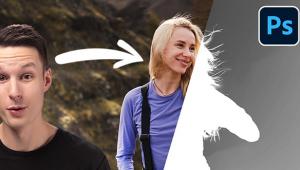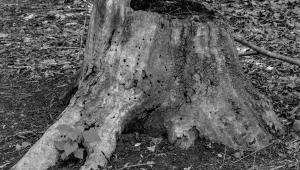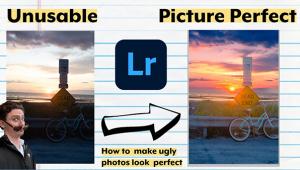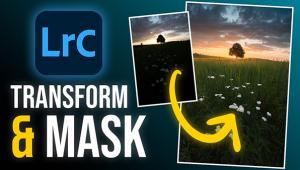5 Hidden Photoshop Features that Belong in Your Everyday Workflow (VIDEO)
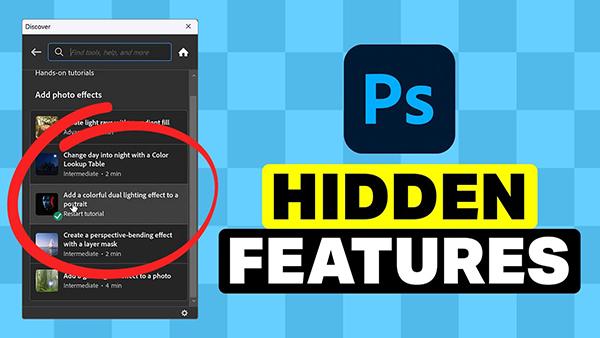
There's a common goal among all Photoshop users, whether they're just getting started or a post-processing expert; namely, making the most of all the appropriate tools so your enhancements look great and are accomplished quickly with a minimum of complexity.
One way to facilitate this task is to understand less-familiar or secondary features that are often overlooked, and this tutorial from The Photoshop Training Channel demonstrates a handful of techniques that can make a big difference in results, accelerate the process, and deserve a prominent place in your everyday Photoshop workflow.
Instructor Jesus Ramirez is an expert at all things Adobe who has worked with some of the biggest publications and software makers during his successful 20-year professional career. Shutterbug readers appreciate his "concise fluff-free" tutorials that span the gamut from image-manipulation, compositing and retouching, to special effects and much more.

He begins with a trick for turning any PSD file into a Photoshop template by simply adding the letter "T" to the end of the file extension. Then when you open the PSDT file Photoshop automatically creates a new, untitled document "which means this is a completely fresh file and you can't accidently override the original."
Ramirez insists that another of Photoshop's best hidden features is that you can use the Eyedropper tool to accurately sample colors from any outside application like a page on your Internet browser. It's as easy as this: Simply minimize the application frame, click inside the canvas, and drag out. You'll notice that as you drag over the browser Photoshop instantly selects those colors.
In other words, "I'll hover over the blue and that becomes Photoshop's foreground color. I can now expand the application frame and use the Brush tool to paint in blue." Ramirez demonstrates several other helpful tricks for dealing with fonts, saving and applying character styles, accessing hidden brushes, and downloading additional brushes.

You'll also learn how to expand your creative arsenal by gaining access to Photoshop's legacy shapes and styles. Be sure to take a look at Ramirez' instructional YouTube channel where there are many more post-processing tips and techniques to be found.
We also encourage you to watch a tutorial we featured with another image-editing expert who demonstrates how to streamline your workspace with a frequently ignored masking trick that's available in Lightroom, Photoshop, and Adobe Camera Raw (ACR).












